How to Roast Butternut Squash Halves
Updated Dec 28, 2025
Roasted butternut squash halves made with olive oil, salt, and pepper. An easy oven method that brings out the squash’s natural sweetness.
This post may contain affiliate links. Please read our disclosure policy.
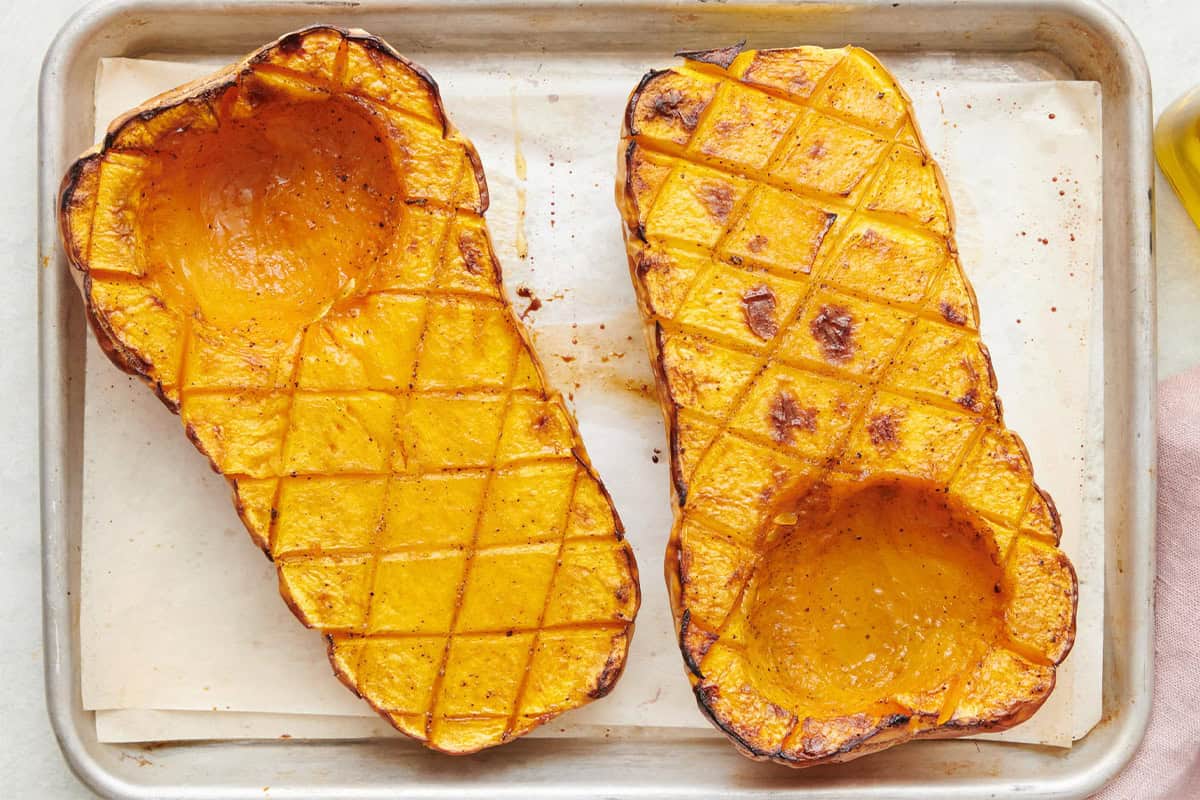
Jump to Section
Easy Roasted Butternut Squash Halves!
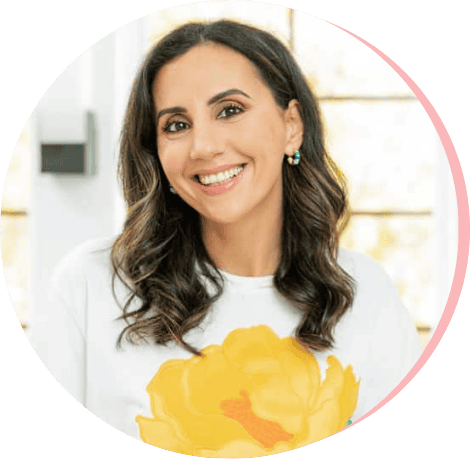
Butternut squash used to feel like one of those vegetables I’d buy with good intentions and then let sit on the counter because I didn’t feel like dealing with it. Roasting it in the oven is what finally made it click for me. I cut it in half, scoop out the seeds, drizzle it with olive oil, add salt and pepper, and let the oven do the rest. No fancy steps, no overthinking.
Roasting butternut squash this way brings out its natural sweetness and gives you soft, caramelized flesh that works as a simple side or as a base for other recipes. I make roasted butternut squash halves all the time in the fall and winter because they’re low effort, easy to build on, and actually worth the prep.
Happy Cooking!
– Yumna
Roasted Butternut Squash Ingredients
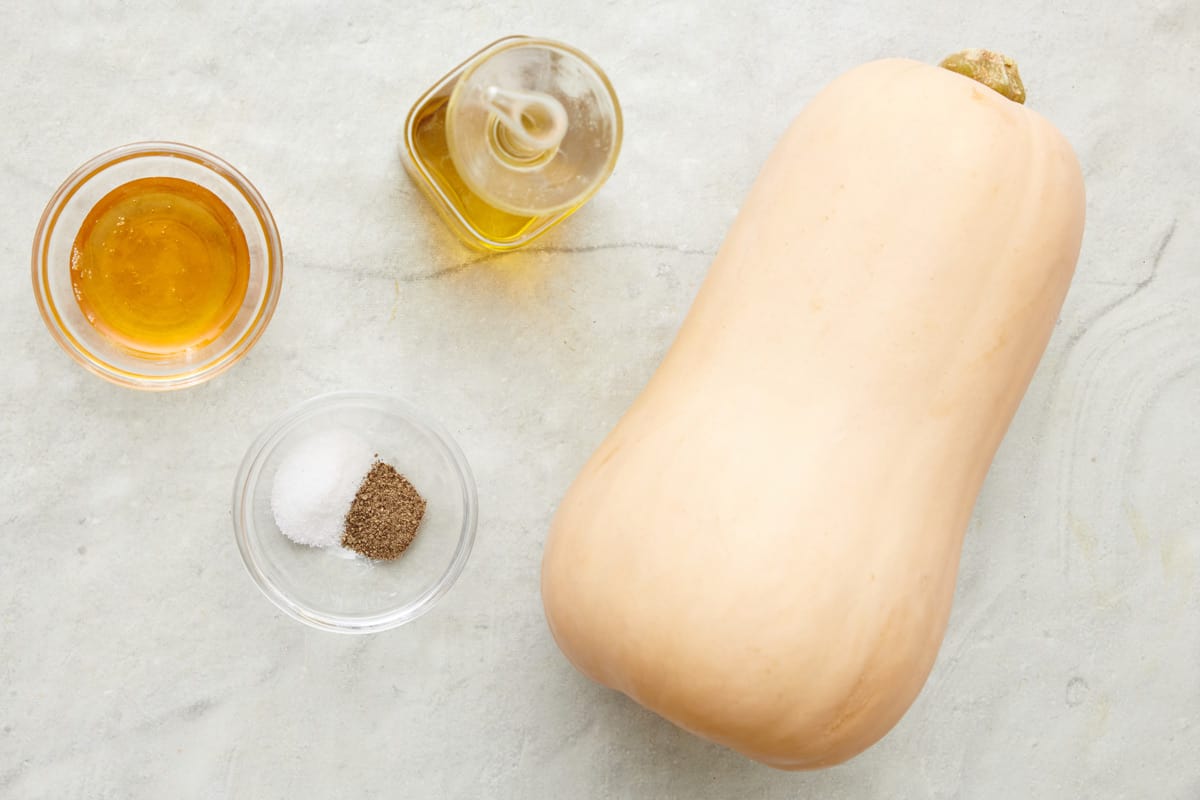
- Butternut squash: When selecting a squash, the smaller ones are sweeter and more tender, while larger ones are great because they yield lots of delicious flesh. I recommend going with medium to large-size butternut squash for this recipe. You could use the same method with any winter squash.
- Olive oil: You could use any oil you prefer, but I like using olive oil. This will help it get nice golden brown.
- Salt and black pepper: All you really need is a little salt and pepper, but feel free to add your preferred spices of choice. Sometimes I like adding a pinch of cinnamon and cayenne for a sweet and spicy flavor.
- Honey: This is optional, but I find it really helps to boost the flavor and caramelization.
How to Roast Butternut Squash Halves





Roasted Butternut Squash Halves
Video
Ingredients
- 1 medium or large butternut squash
- 2 tablespoons olive oil
- 1 teaspoon salt
- ½ teaspoon black pepper
- 2 tablespoons honey optional
Instructions
- Preheat the oven to 425°F. Line a baking sheet with parchment paper.
- Using a sharp knife, carefully cut off the stem and slice the squash in half lengthwise. Use a spoon to scoop out the seeds and stringy pulp from the center of each squash half.
- Use a sharp knife to make a few shallow diagonal cuts across the flesh of each squash half. Then drizzle olive oil on top and season with salt and black pepper.
- Place the butternut squash halves on the prepared baking sheet, cut-side up.
- Roast in the oven until the flesh becomes knife tender and slightly caramelized, 45-55 minutes, depending on the thickness of the butternut squash.
- Cool for a few minutes. Then serve them as is or scoop out the flesh and use as desired.
Notes
- My Top tip: Use a sharp knife and a stable surface. Butternut squash can be tough to cut. Use a sharp chef’s knife and make sure your cutting board doesn’t swing around. To secure your cutting board, place a damp paper towel underneath it. The friction between the damp paper towel and the counter will prevent it from sliding around. Check out my complete guide on how to cut butternut squash.
- Storage: Roasted butternut squash should be stored in an airtight container in the refrigerator for up to 3 days. To reheat, place the roasted butternut squash halves on a baking sheet and reheat them in the oven at 350°F for 10-15 minutes or until they are warmed through. To freeze, allow them to cool to room temperature first, then tightly wrap them in plastic wrap or aluminum foil and place in a freezer-safe bag, making sure they are sealed well to prevent freezer burn. Freeze for up to 3 months. When ready to enjoy, thaw overnight in the refrigerator and reheat.
Nutrition
Nutrition information provided is an estimate. It will vary based on cooking method and specific ingredients used.
Recipe Tips
- Use a scoop/spoon with a serrated edge to deseed. A grapefruit spoon or a melon baller can be helpful as they have serrated edges that can scrape out the insides.
- Roasting time varies depending on squash size and freshness. The best way to roast butternut squash is by keeping an eye on them and checking for tenderness with a knife. The squash should be fork-tender and slightly caramelized when done.
- If scooping out the flesh, do so while warm. It’s more manageable to work with it while it is still warm when the flesh easily separates from the skin.
Recipes to Make with Roasted Butternut Squash
- In an easy and comforting Roasted Butternut Squash Soup.
- Or as a main in this Creamy Butternut Squash Pasta, Butternut Squash Risotto or Butternut Squash Mac and Cheese
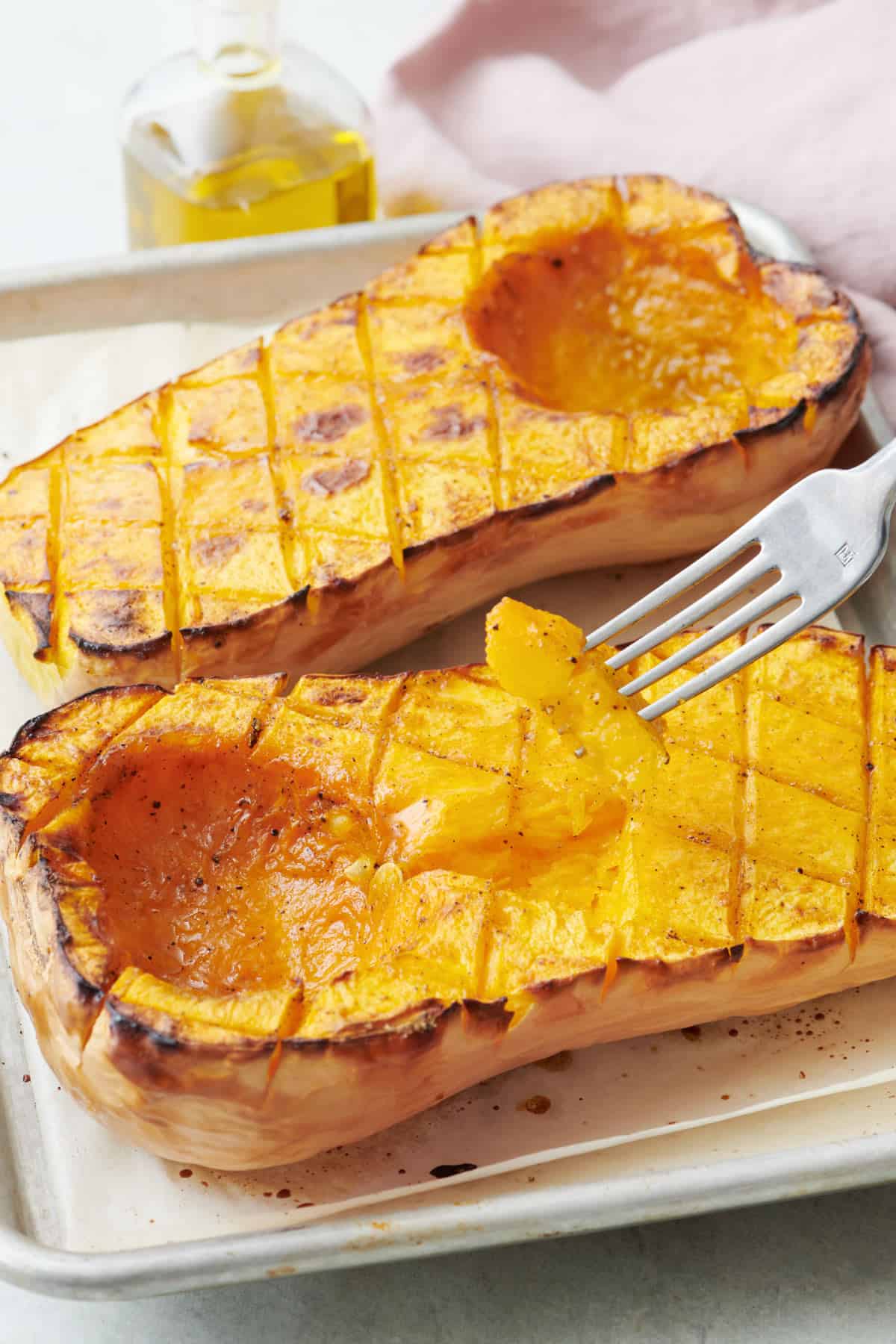
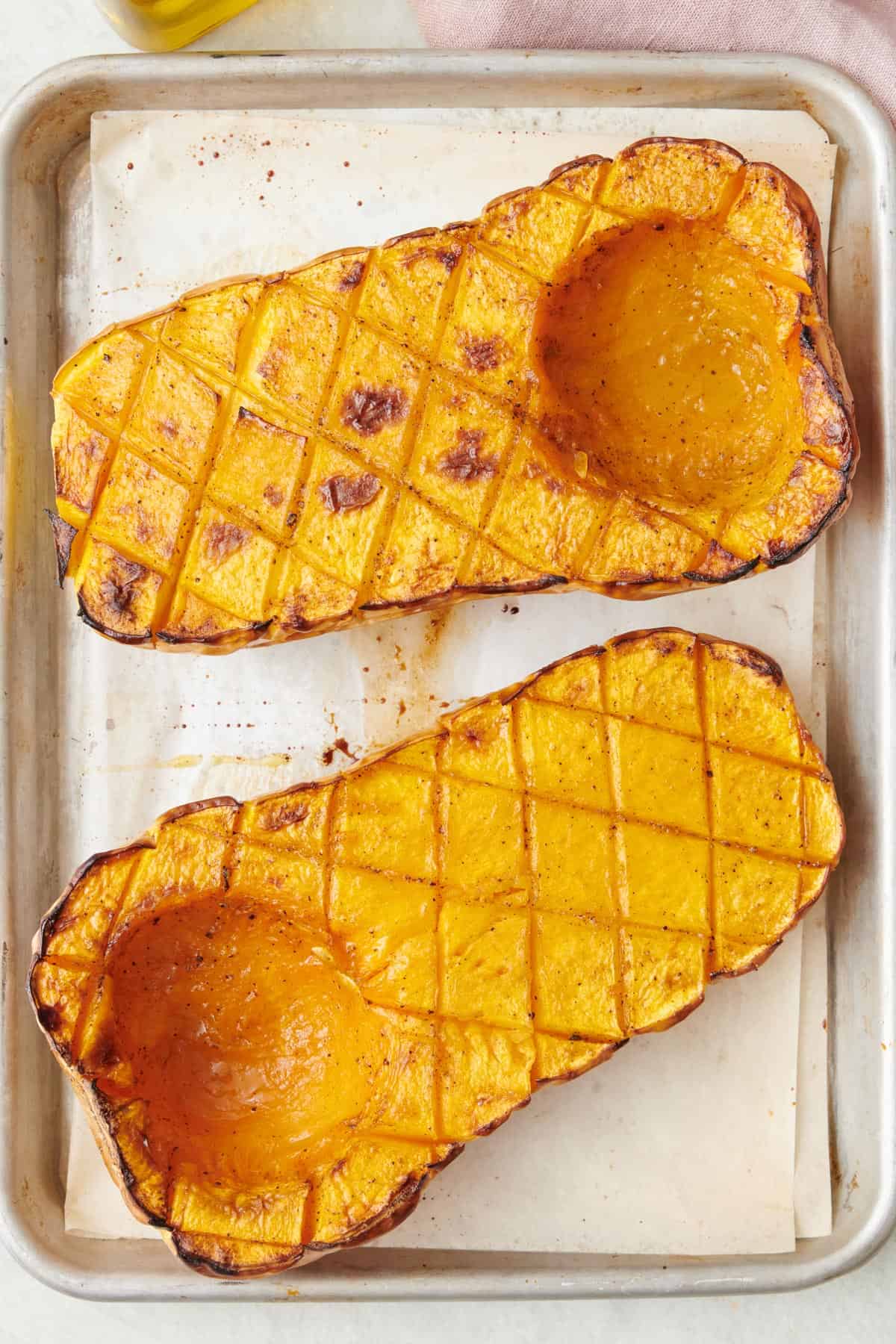






Comments
Glad I found this on google .
Glad you enjoyed it!